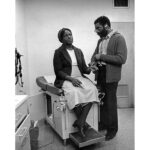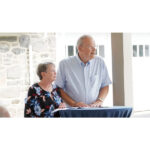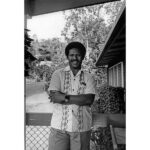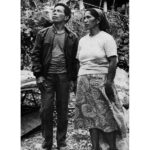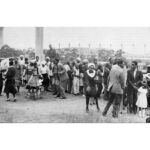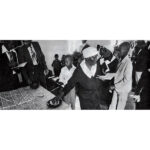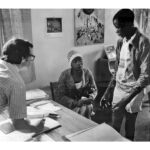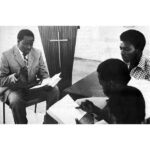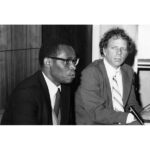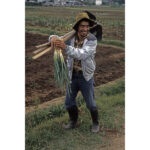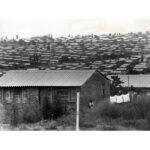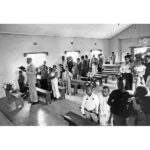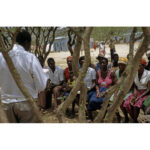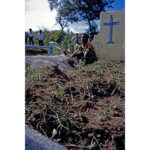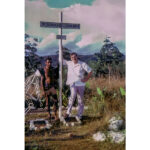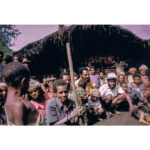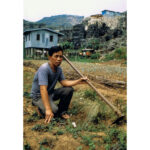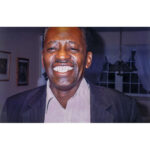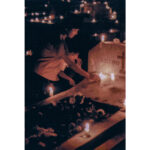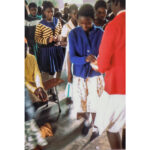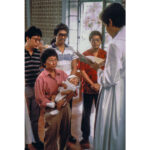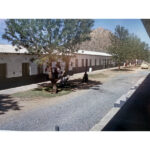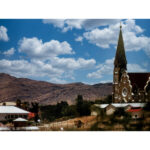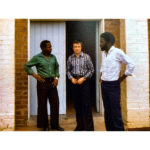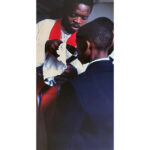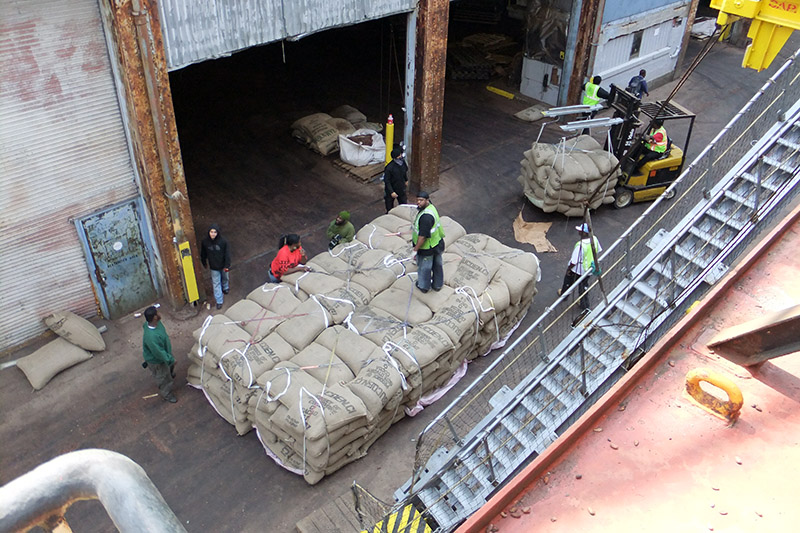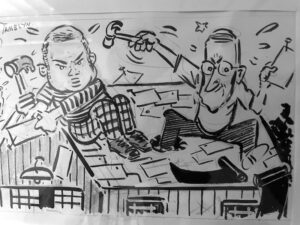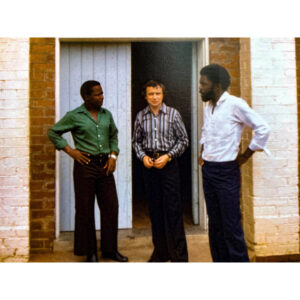 Most of you know about my background in photojournalism explained elsewhere on this site.
Most of you know about my background in photojournalism explained elsewhere on this site.
I remain a news junkie, but when the daily reports about divisiveness, featuring strident criticisms of diversity equity and inclusion (DEI) abound too disagreeably for me, I turn to music. These days that happens often.
I tried to celebrate those DEI qualities in my book Neighbors Revisited anyway. The book, which you can obtain through this website, is the best way I’ve had as a writer to disparage critics of DEI and celebrate the values of people who don’t look like me and what they have to offer to our world. Without those folks I’ve met along the way in my reporting and photography, the world would be a much lesser place. Back to music. I enjoy jazz and classical music. Sometimes I find humor in it. An imaginative jazz pianist and lyricist, Mose Allison, once wrote a song with the title, “I don’t worry about anything, because I know nothing is going to be alright.” The song gives me a laugh, gallows-like.
Mostly I watch a lot of classical performances on YouTube. A favorite symphony of mine is Number One by Johannes Brahms. A favorite version involves the Radio Orchestra of Frankfurt under the direction of Andres Orozco Estrada, a native of Medellin, Colombia, and now a celebrated violinist and musical director with energy and spirit that abounds.
Many aspects of this symphony performed so inspirationally move me deeply. First, and those of you familiar with it already know about this, there is the moment in the fourth movement when, musically, the clouds part and the sun peeks through in the form of a French horn solo and the flute and other instruments that unforgettably follow. I know when that groundbreaking solo is coming, but, still, it gets me every time, and I weep through it. It tells me musically that truly everything is going to be OK (unlike the Mose Allison lyric the jazz pianist does so tongue in cheek). And I take deep heart in the gift of that sound so eloquent. It speaks profoundly to the deepest part of my God-given soul.
Then there are the performers themselves. I’ve heard and seen them now in many performances, one being Igor Stravinsky’s “The Rite of Spring.” It is an inclusive group featuring in one performance a Black flautist, Filipino and other Asian violinists. They are so beautifully rehearsed, all pulling and working together the same way to give voice to a supremely gifted German composer. It is the essence of what I tried to capture in Neighbors Revisited, that when we celebrate each other despite our differences and blend our talents and ideas the world becomes a better place, sometimes only for a moment.
Toward the end of the Brahms Symphony the camera captures a fleeting glance and smile from the renowned Spanish-born flautist Clara Andrada toward the gifted Black flautist beside her, London, England-born Matthew J. Higham. The moment briefly acknowledges the musical journey they have shared. Wonderful.
Praise be to God for the gift of experiences like this. Music to my ears and beyond.


